When it comes to snakes, people will immediately think of a dangerous animal with deadly bites. When feeling threatened, most snakes often give warning signs such as swollen gills or tail vibrations to warn the opponent that it may attack at any time. It is also because of their dangerous venom that they have used their venom to hunt as well as defend through bites or in some species can spray venom into the air.
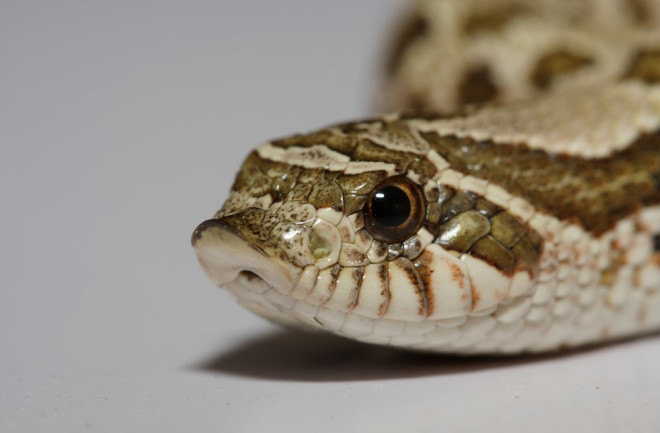
The most distinguishing feature of hognose snakes is that they have a snub nose, which will aid them in digging in sandy soil during movement. Hognose snakes vary greatly in color and pattern. Heterodon nasicus and H. kennerlyi tend to be sandy with black and white patches, while H. platirhinos varies from red, green, orange, brown, to melanistic (i.e. black) depending on the region area where they live.
However, with the snub-nosed snake, officially known as the North American Hognose snake, and the zombie snake, things are completely different. They are a fairly gentle snake, non-venomous and completely harmless to humans. Therefore, in order to protect themselves from dangerous enemies in nature, they have chosen to fake their deaths and emit stench to deceive the opponent.
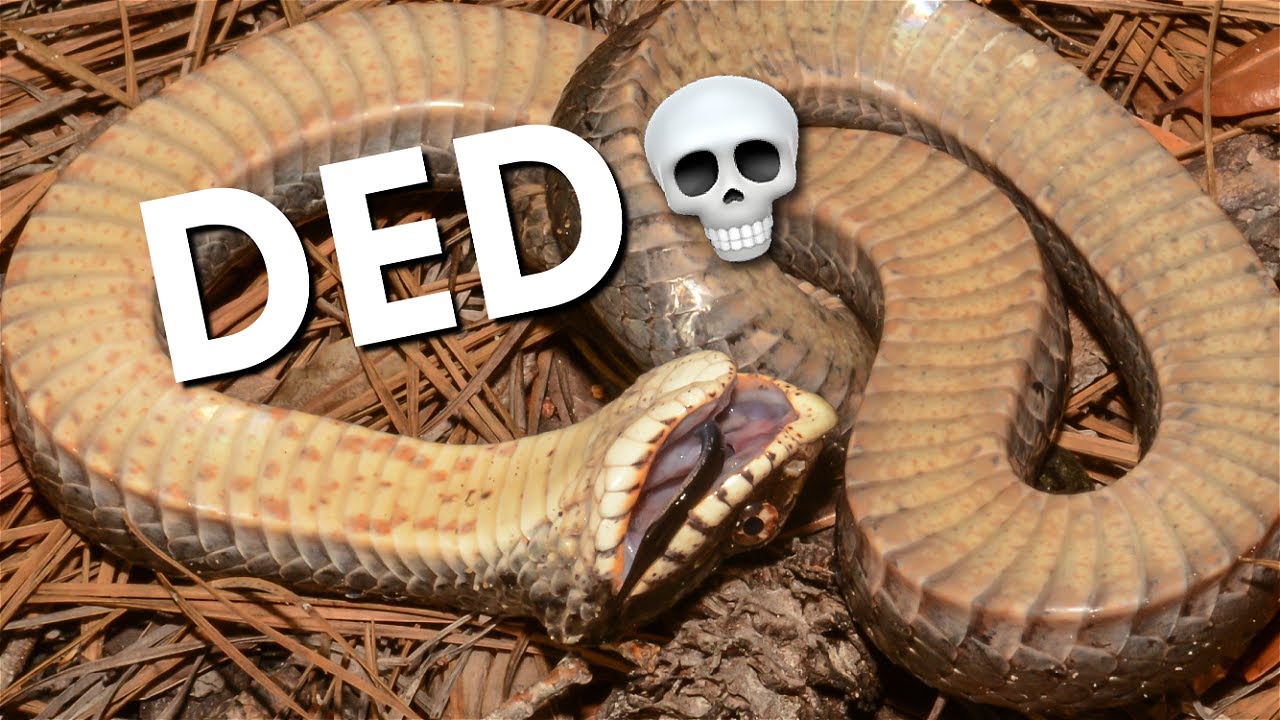
In the animal world, Hognose snake is a real actor and it deserves the best actor award at the Oscars for animals. Most of the Hognose snake’s opponents have little doubt before its very “convincing” death. Most left because they thought the snake was really dead. There are very few species that are sharp and cunning enough to know the plot of the snake. But if they had known the Hognose snake’s trick of faking his death, it would have died in despair.
When in danger, this snake will fake death by opening its mouth, rolling and writhing for a while before lying on its back to signal that it is dead. It can even stop breathing, give off a terrible smell to increase the persuasion of death. Of course, after the enemy is gone, it will crawl again quickly to escape. From a scientific point of view, the above action of the Hognose snake is actually a defense mechanism of it and it is indeed very effective.
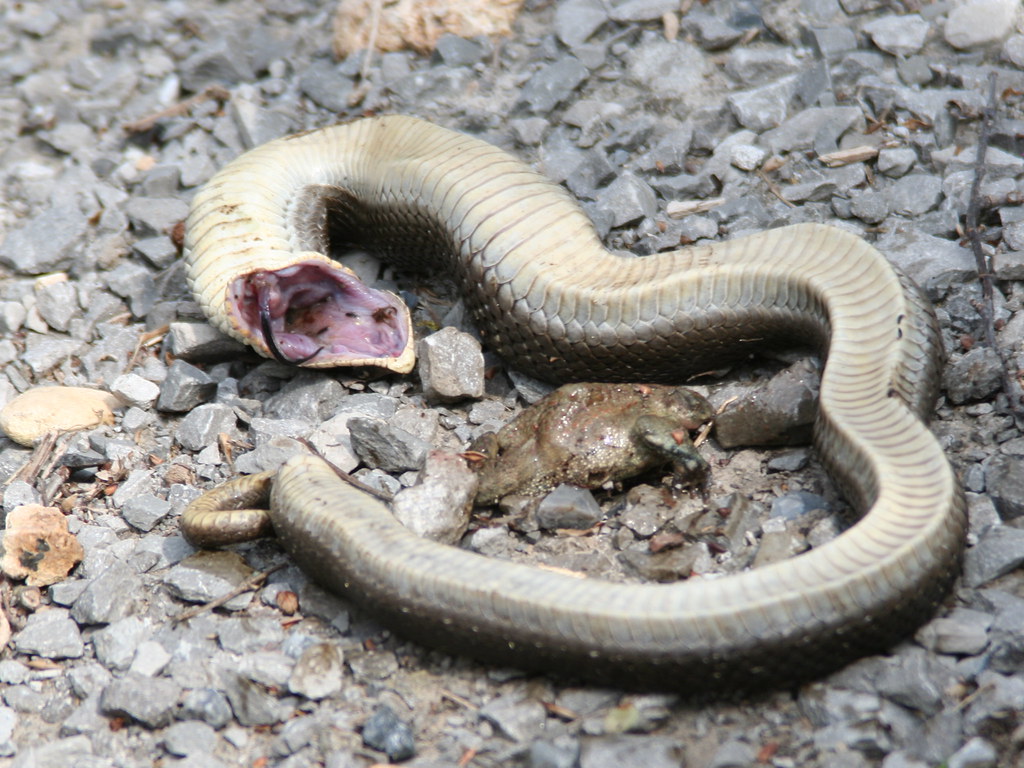
In fact, this special defense mechanism is also present in many different animals, from mammals to reptiles, to insects, this behavior is often found in animals lower in the food chain. but can also manifest in higher species. When faced with a threatened situation, an animal may appear lifeless and may even emit an odor similar to that of rotting flesh. Also known as thanatosis, euthanasia is often used as a defense mechanism, a trick to capture prey, or a means of sexual reproduction.
The phenomenon of simulating death in other animals
In invertebrates, euthanasia is common in the phylum Arthropoda and has been shown to occur in beetles, moths, mantises, cicadas, crickets, spiders, wasps, bees, and ants . As for vertebrates, this phenomenon has been observed in sharks, fish, amphibians, reptiles, birds and mammals.
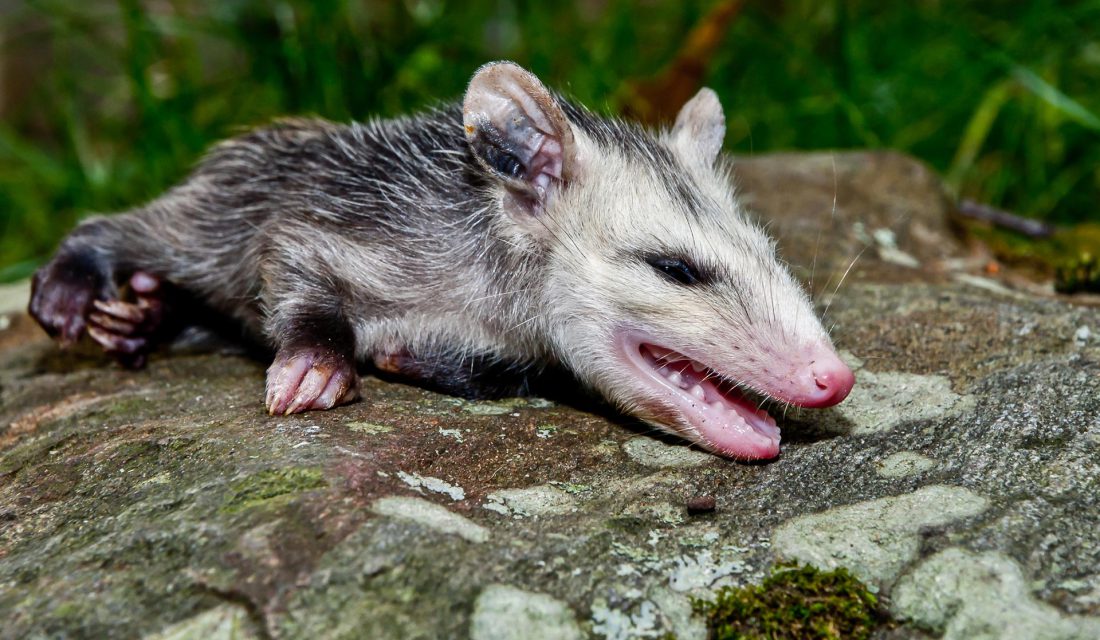
Opossum, this marsupial once existed only in the southern United States. But recently they also appeared in Canada. They have been discovered in British Columbia, Quebec and Ontario. But in these areas, their lives are still threatened by many predators, such as owls, foxes, eagles and even dogs and cats. So how do they escape when a predator is lurking around? The main answer is that they will lie on the ground and pretend to be dead. Sometimes that alone can stop a predator from immediately devouring them. But the Opossums have evolved one step further to protect themselves – similar to snub-nosed snakes – they can secrete an unpleasant stench. It smelled like Opossums that had been dead for days.
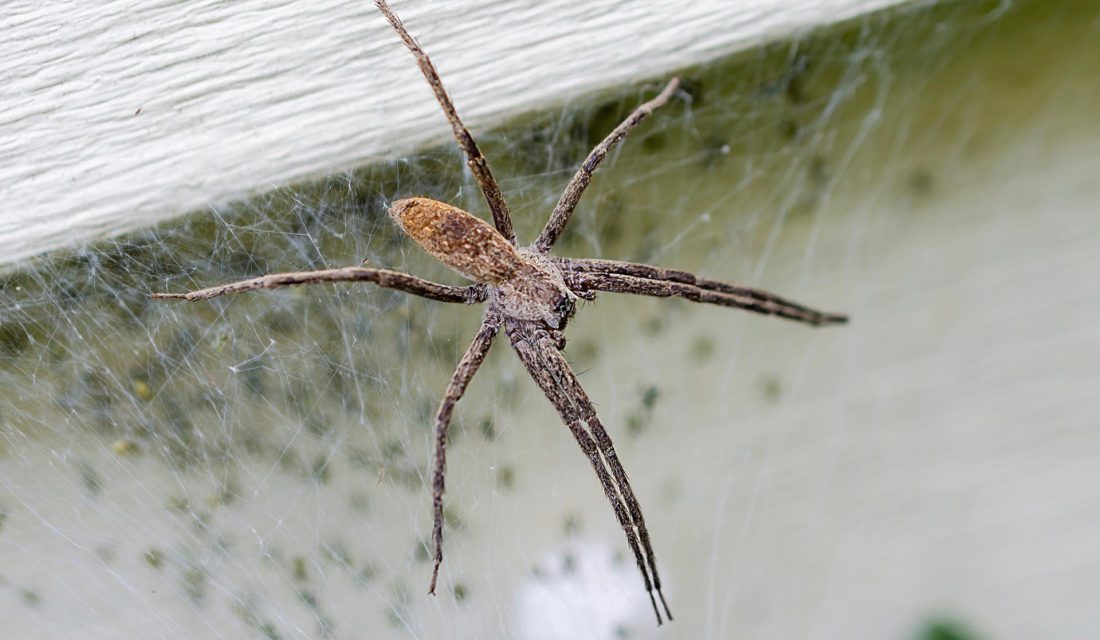
Web Nursery spiders are also a good example of the phenomenon of fake death, like many other insects, after mating, female spiders often try to grab the male to eat meat to supplement protein for eggs and too reproductive process. However, with intelligent males, they often bring other insects that have been encapsulated in silk tufts near the female spider, then fake death. They will wait for the female spider to approach and as soon as the female spider begins to enjoy the gift, the male spider will “come back to life” and mate with the female and then run away.
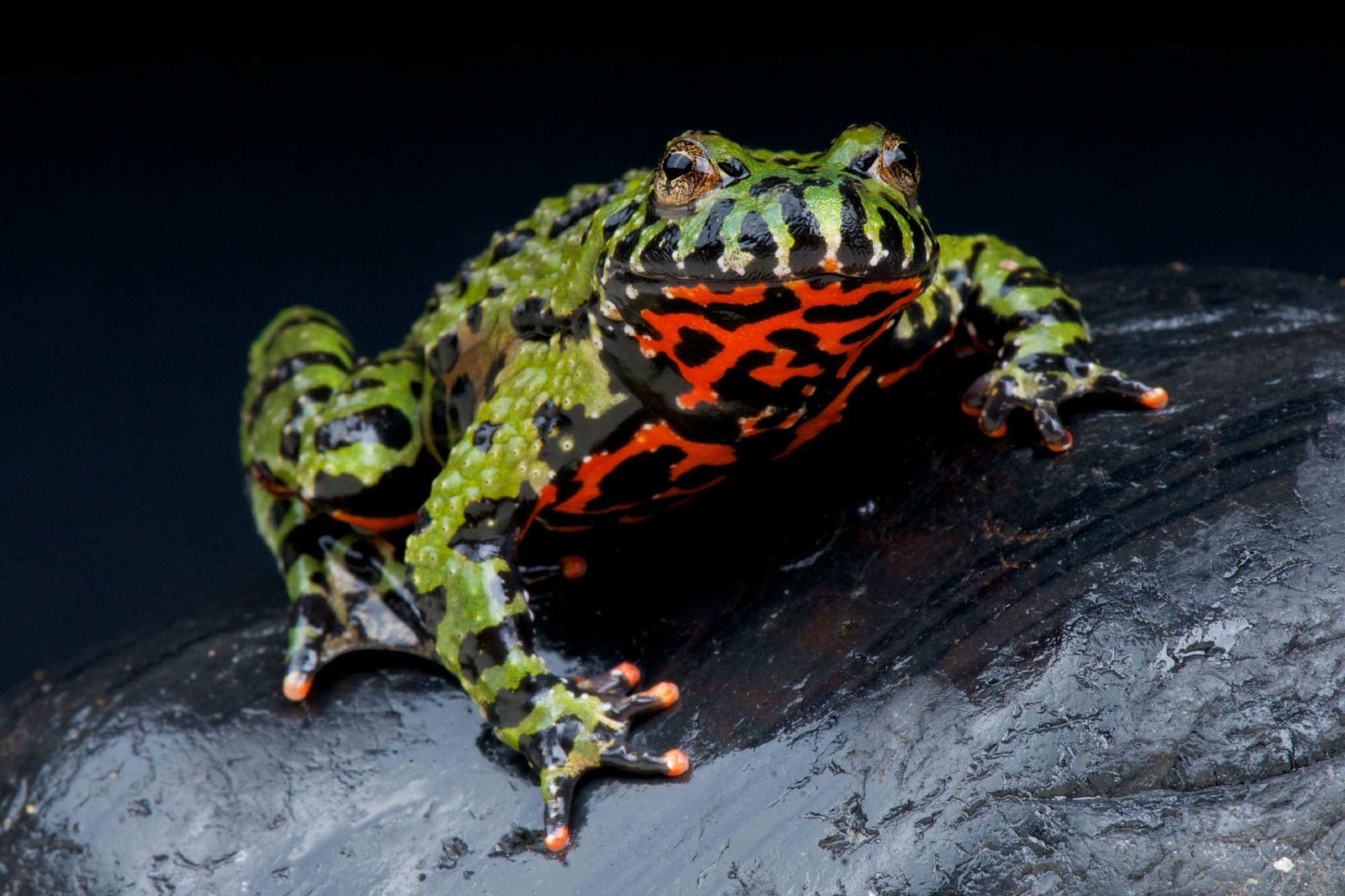
The fire toads from Asia and Europe also made a strong impression with the fake death scenes. When in danger, they arch their backs and flex their limbs to display yellow or orange warning signs on the undersides of their feet. They can also turn their abdomen upside down to show similar markings on the underside (hence the name fire-bellied toad).
